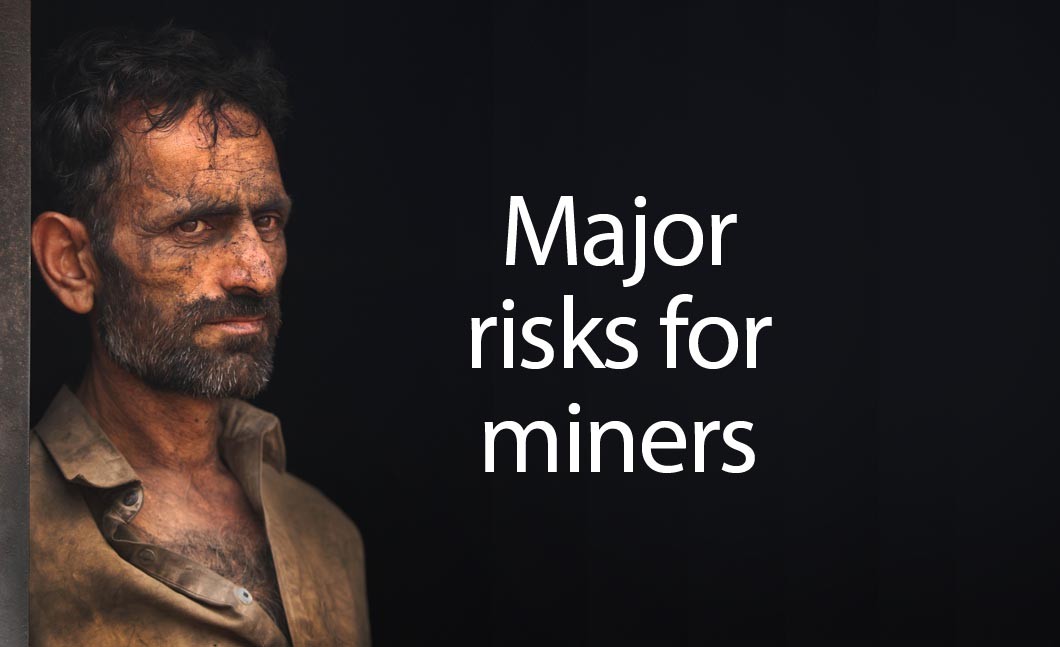

We have become immune to news of deaths in coalmine accidents as if they were unavoidable. It’s a rather sad state of affairs. According to reliable figures, casualties from accidents in coalmines range from 100 to 200 every year. A petition has been filed in the Supreme Court by a group of lawyers requesting it to take suo motu notice of the deaths of 327 coal miners in Balochistan and KP in the last eight years.
It is true that most news of accidents largely come from Balochistan and KP, even though mining of coal is done in Punjab and Sindh as well. The accidents happen largely due to suffocation due to inhalation of poisonous gas, mine collapse, fall of debris and asphyxia. But miners are not vulnerable to just accidents; they are at severe health risk, considering the environment in which they have to work. The most common among these are lung diseases that leave them unfit to work and sick for life.
Like in so many other sectors, the miners are trapped in bonded labour, and the contractors exploit them in exchange for the debts they have incurred. Beyond this strictly transactional relationship between the contractor and worker, there is no real implementation of laws and safety standards. Successive governments have been unable to depute enough inspectors to oversee the coalmines; even the provincial governments that are now responsible for mines and minerals have not addressed this as a matter of priority. The Mines Act 1923 has been adopted by the provinces, without really doing something substantial for the sorrows of the mine workers.
Also read: Major risks for miners
The details of small news of accidents of miners reveal that most of the dead bodies are sent back to one district -- Shangla. In our Special Report today, we have attempted a profile of the district to see the persistent tragedy in a microcosm of sorts.
The statistics of casualties, the news items that we persistently ignore, relate to real lives. The governments, the political parties, the civil society, the media need to take them seriously. Coal mines need not be the death traps they have become.